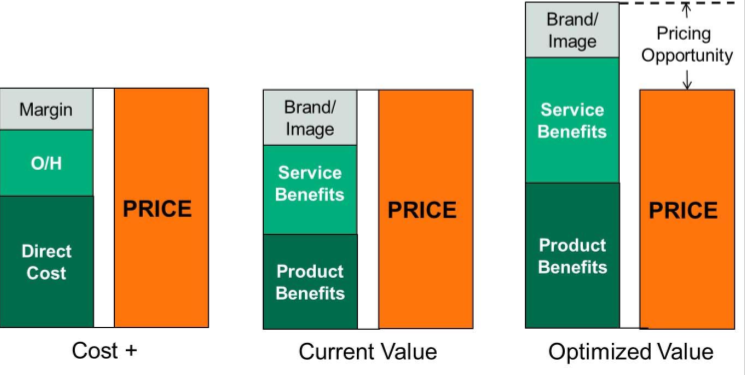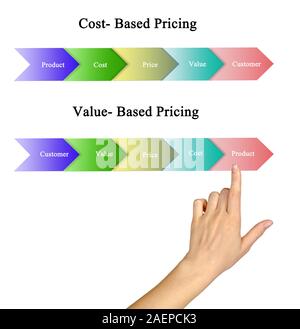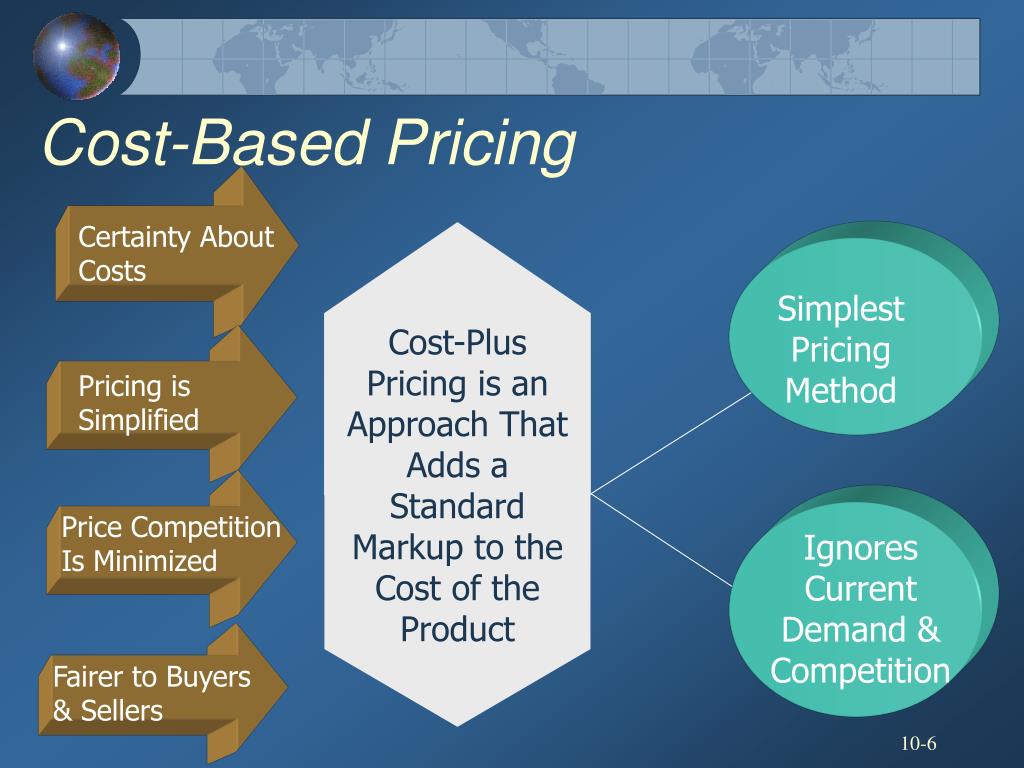


Although this model doesn’t directly play into the customer demand pricing model, it still relies on a customer's perceived value of the product. The minimum wage of the said location is what decides the price in this case. This strategy is then employed as part of their brand development and geo-marketing strategy. So the geo-based pricing model is used by companies operating in a global market. This pricing model relies on the customer’s geographical location to set a price for the product. So if in the said time frame the consumer demand is high, then prices will automatically be higher and vice versa. The small time frame to get higher conversions is what motivates this kind of strategy. These sellers are mostly selling fixed inventory goods, so their goal is to sell as many products in a time frame as to manage their inventory efficiently. Yield management, as the name suggests, is a pricing strategy where sellers change their prices with the fluctuating customer demand to cut their inventory costs. These products are mostly priced quite high compared to the cost incurred. Sellers producing premium quality products that consumers buy for social proof usually follow this pricing model. So products that are status symbols or that add some intrinsic value to the consumer will be priced more in this model. Here, depending on what consumers think the product is worth, sellers will set the price. The value-based pricing model uses consumer sentiment to adjust the price of the model. Using this model can sort of push them into relevance giving them that much-needed traction. This pricing model is adopted by companies entering into a competitive marketplace, where initial penetration into the market can be very difficult. The brand can choose to increase the price of the product eventually along with additional features. Lower prices tend to attract a large pool of customer base, hence adding more first-adopters and giving that initial push all brands need. It operates opposite to the price skimming method, hoping to attract highly price-sensitive customers. This model does that by setting a below-average initial price, hence making it financially more attractive to its customers. Penetration pricing is a model that aims to initially attract a customer base and effectively penetrate into a new market. As the competition grows over time, with new companies producing different renditions of the technology, the pricing is then also adjusted to match the market average. These products can be newly launched novel technologies that are among the first in the market. So price skimming is where sellers initially aim to capture high-end consumers and then eventually capture price-sensitive consumers.įrom how the strategy is structured, it’s mostly employed for products that are new and attract all the buzz in the market. As the consumer surplus decreases over time, sellers adjust their prices to accommodate consumer needs. The model aims to get all the high-end customers in the initial launch period to cover their basic cost. The price set at the launch is as high as the consumer is willing to pay. Price skimming is a model where a seller initially sets an inflated price to a product and then eventually lowers the price as time goes on. Let’s dive in and understand each one of them. The common factor in the methods listed below is that they all focus on demand. The basic factors that influence the price of a product can be manufacturing cost, development cost, product quality, market condition, among others. Depending on their standing they can adopt different demand pricing methods that we will discuss in the forthcoming sections of this article. Companies mostly evaluate their current positioning in the market to adopt an appropriate pricing strategy. The demand of the product is a good metric to evaluate the product’s perceived value.ĭemand based pricing is a very broad approach, so you can find several renditions of this model. The goal of adopting demand based pricing is to base a product's price on its perceived value in the market. Even though the cost of developing product attributes, purchasing material, production, and other miscellaneous costs should be considered, this model primarily focuses on consumer demand - an external factor, to decide the price. In this approach, the primary change from traditional pricing models is that internal factors are not what decides a product's price.

It is also sometimes referred to customer-based pricing, as customer demand is part of the pricing model.

Demand based pricing is a pricing model that relies on the customer demand trends to adjust the pricing of a product or service.


 0 kommentar(er)
0 kommentar(er)
